
Image - Wikimedia / Wer? Du ?!
Cacti of the genus Eriosyce they are one of the most special. Their growth rate is slow, but that does not prevent them from being one of the most appreciated by fans of this type of plant. Of course, it makes it quite easy: there are many species that remain small, and most, if not all, produce beautiful flowers.
The genus is made up of about 35 species that live in the arid regions of southern Peru, northern Chile, and central western Argentina. Over the years its name has changed, but not its physical characteristics. So that, Let's see how they are and what care these plants require.
Origin and characteristics of the Eriosyce
The Eriosyce grow in South America, especially in Chile, which is why among collectors they are often classified within the group of 'Chilean cacti'. In this group are the species that we find in that country, which tend to be very slow growing since the conditions in which they live are quite extreme, so much so that it is more important to do everything possible to avoid water loss than to grow. Therefore, in cultivation they can give the impression that they have not grown anything in years.
And, in addition, its roots do not find many nutrients in the soil, since these plants will be found in the desert and nearby areas, and in rocky or sandy soils. To survive, they have evolved to develop a very thick and conical main root called pivoting, which is responsible for storing water and nutrients. that will keep the plant alive in times of scarcity. Still, their globose bodies, often armed with numerous spines, can reach a height of up to 1 meter; although most do not exceed 50 centimeters.
Another very interesting feature is its ability to bloom at an early age. Of course, we do not want to give you illusions in vain: for an Eriosyce, »early age» means from 4, 5 or 6 years. And this will depend a lot on the species as well as the conditions in which it lives: those that are larger as adults, will take longer to produce their first flowers. Are appear on the upper part of the body, and can be yellow, orange, pink.
Main species of Eriosyce
The most popular Eriosyce species are:
Eriosyce aurata
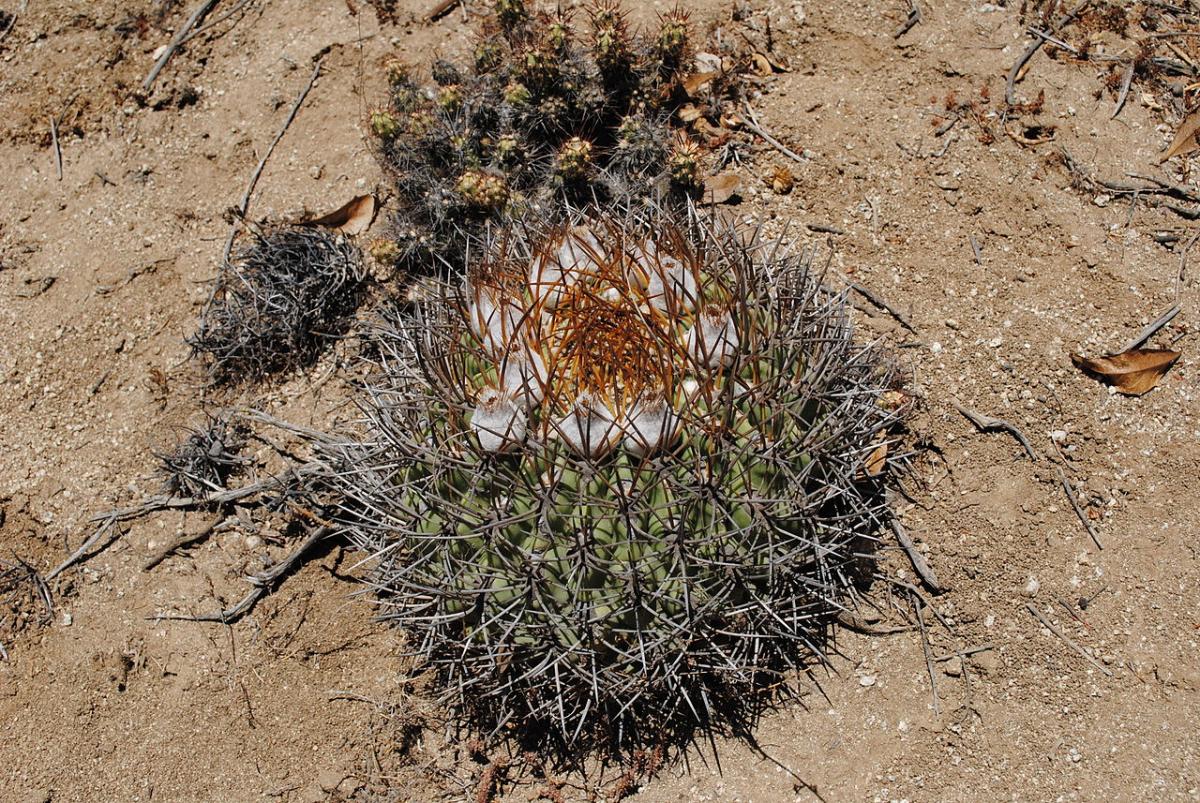
Image - Wikimedia / Wer? Du ?!
It is endemic to Chile, where it receives the names of sandillon or seat of the mother-in-law (not to be confused with the Echinocactus grusonii, a species that also receives that common name). Its body is spherical, although over time it becomes columnar, reaching up to 1 meter in height.. Its spines are amber, bright yellow or black.
emerald eriosyce
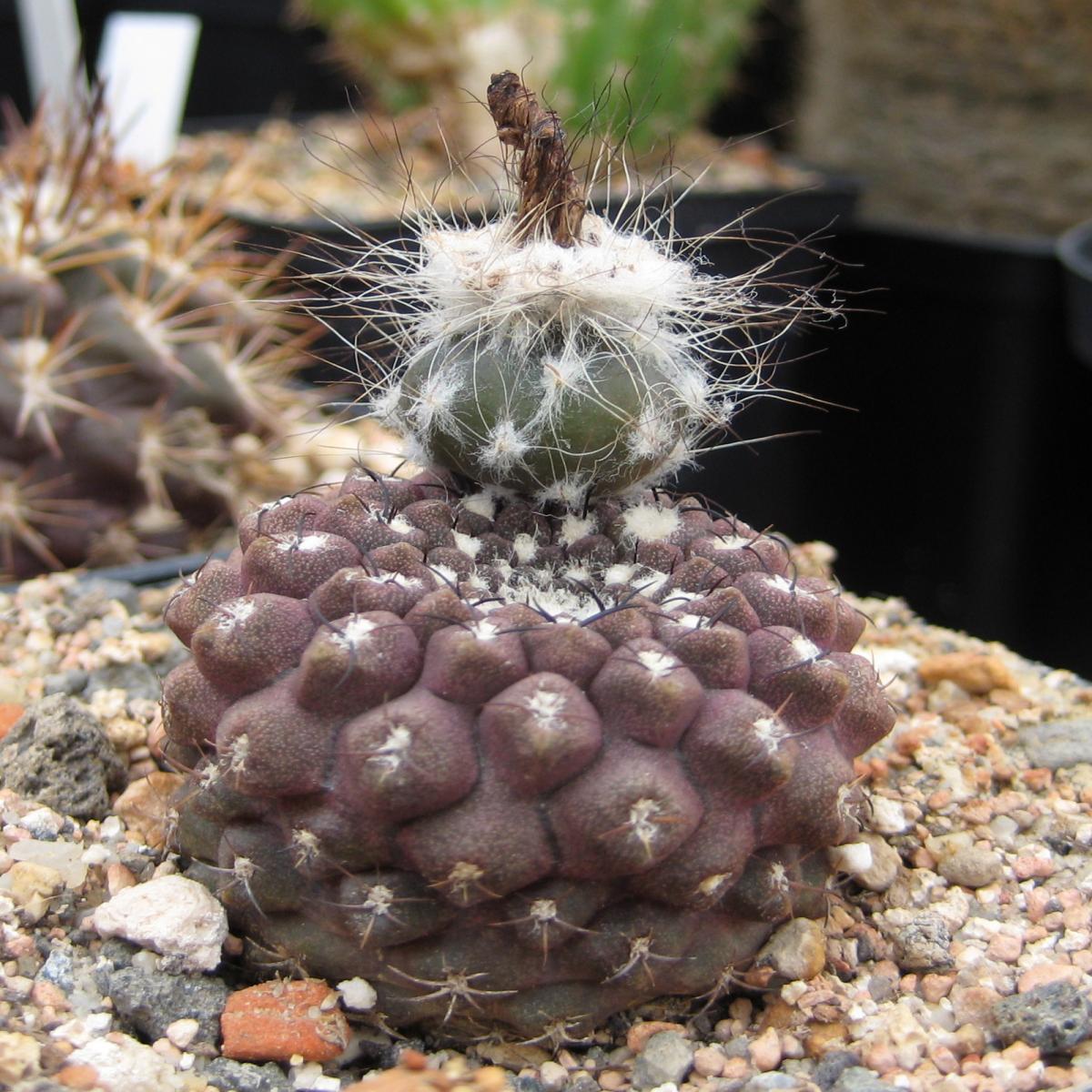
Image - Wikimedia / Michael Wolf
It is endemic to Chile, specifically to Atacama and Antofagasta. It is a cactus with a brownish body, with a diameter of 3-4 centimeters and a similar height. Its spines are very thin, brown to black in color. The flowers are yellowish or reddish and measure 2-3 centimeters.
Eriosyce senilis
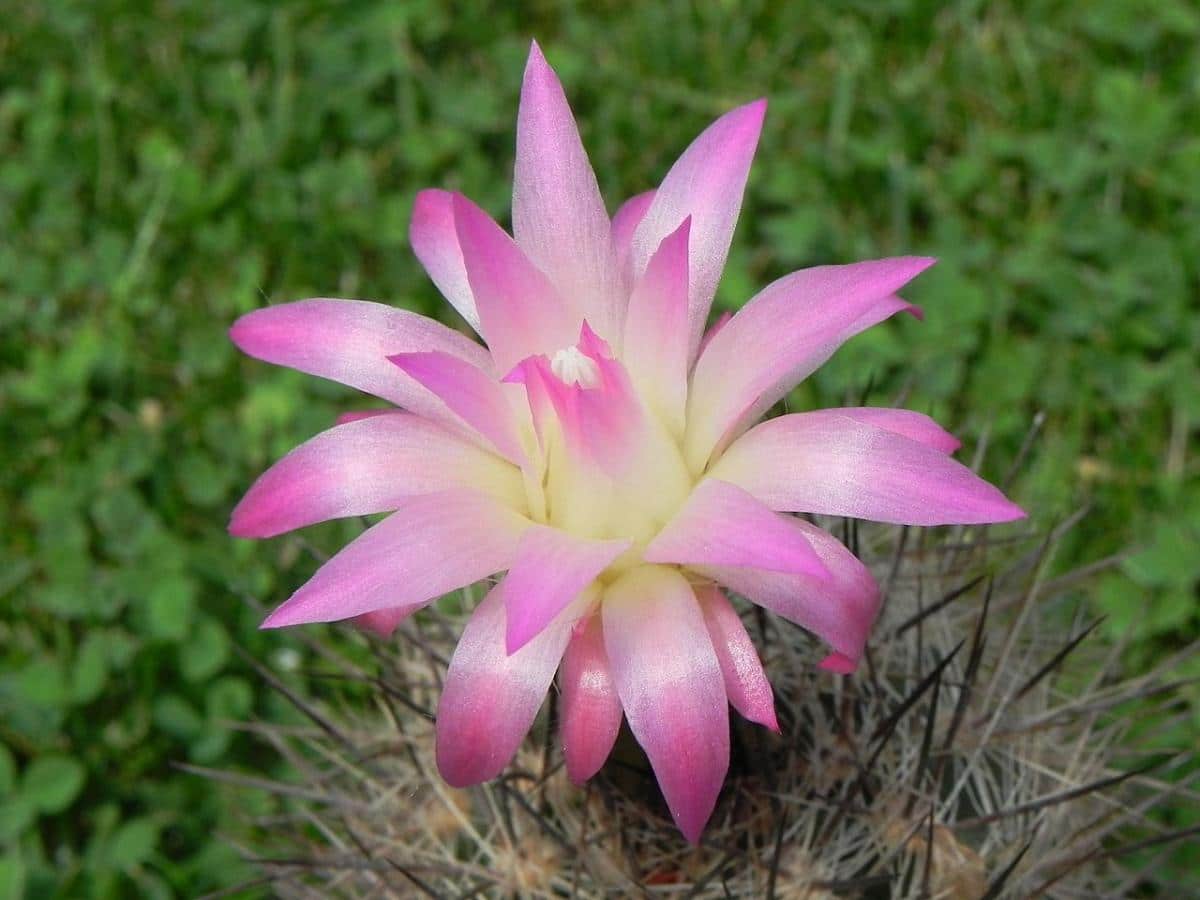
Image - Wikimedia / Marco Wentzel // Eriosyce senilis subsp. coimasensis
It is an endemic species of Chile, with a small size, up to 18 centimeters high by up to 8 centimeters in diameter. Its entire body is protected by very dense spines, white and brownish / blackish. depending on the variety. As for the flowers, they are purple-pink in color and measure about 2 centimeters in diameter.
Eriosyce napina
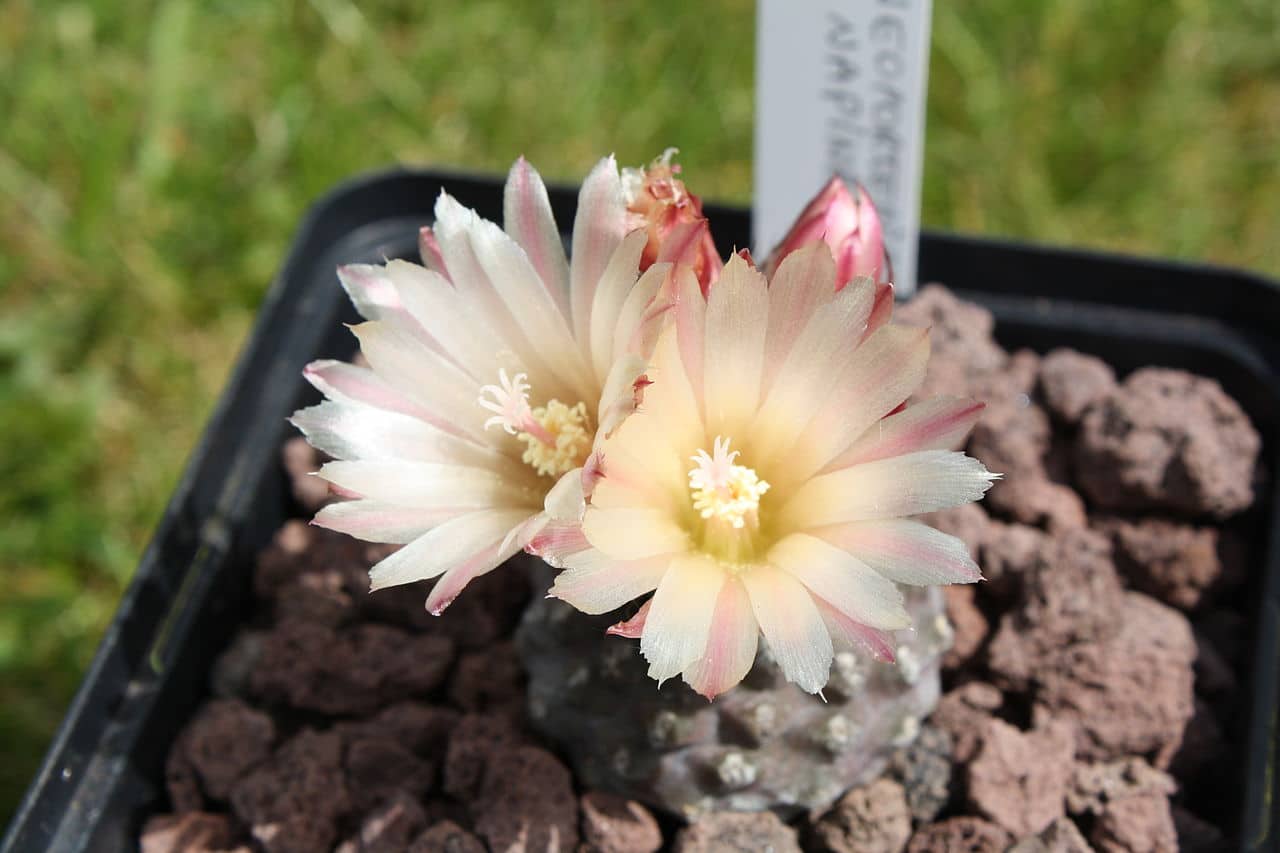
Image - Wikimedia / Florentin Guitton
It is a native plant of the Atacama region, in Chile. Its body is small, since it does not exceed 6 centimeters in height or 5 centimeters in width. This is green or brown in color, although it is often greyish-brown, and has short, dark-colored spines. Its flowers are 4-6 centimeters in diameter, and can be of various colors: pink, red, yellow or white.
eriosyce occulta

Image - Wikimedia / CT Johansson
Endemic to northern Chile, this cactus of only 5 centimeters in diameter by about the same height has a brownish or greenish body, with long or almost non-existent spines. It is very, very variable, so it can be quite difficult to recognize. The flowers are about 4 centimeters long, and are usually white or yellowish-white.
What are their cares?
If you want to grow these cacti and get them to grow well, we recommend that you follow the advice we offer below:
Location
Eriosyce are sun cacti, so it is very important that you get used to it as soon as possible.. Only the seedlings will need a little protection, but even so, the entire area in which they are must be bright, otherwise their development will not be as expected.
Earth

Image - Wikimedia / Selso // Eriosyce curvispina
- Flower pot: it is necessary to use cheek-type substrates (for here) or similar. The use of peat or mulches pose a risk for these cacti, since they do not resist excess humidity.
- Garden: if we want to plant them in the garden, for example in a rockery, we will have to take this into account as well. If the earth puddles easily, we will make a large hole, of about 50 x 50cm at least, cover the sides with a piece of shading mesh (for example) and then fill it with pumice.
Irrigation
You have to water them very occasionally. They are plants that during the summer may need one, perhaps two irrigations a week if the environment is very hot (+ 35ºC) and dry., but in winter there will be almost no watering, beyond giving them some sporadic watering once a month or so.
Of course, when we water, we have to pour water on them until all the earth is well moistened. This way the water will reach all its roots well.
Subscriber
During spring, and if you want also in summer, you can pay with a specific liquid fertilizer for cacti (on sale here) following the instructions.
Transplant
Since they grow slowly, they will rarely have to be transplanted. We will do it only when we buy them as long as they come well rooted (and only if it is spring or summer), and again at 3-5 years. Small species will not need more than 3 or 4 transplants in their lifetime.
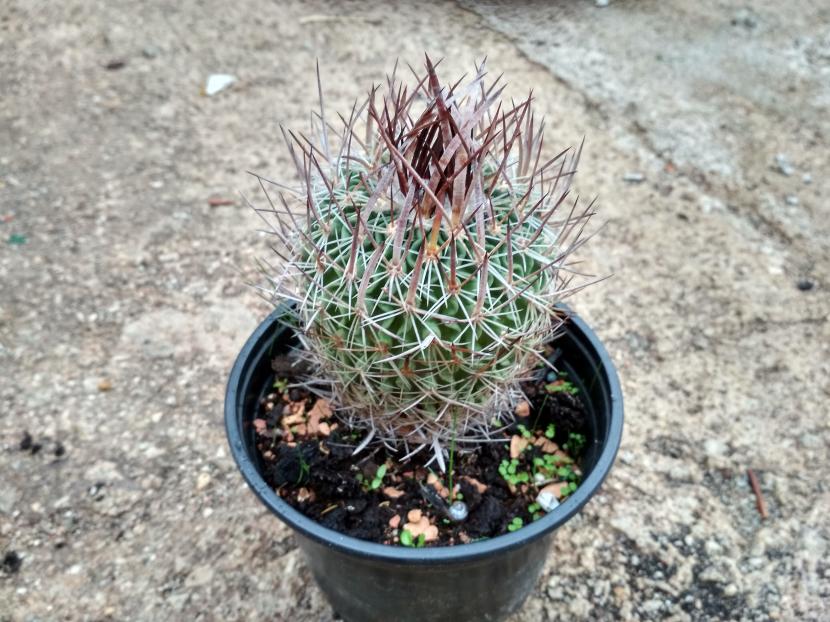
Rusticity
They resist temperatures close to 50ºC and frost of up to -5ºC for a short time. However, we recommend not exposing them to these values since especially if they are young they can have a hard time.
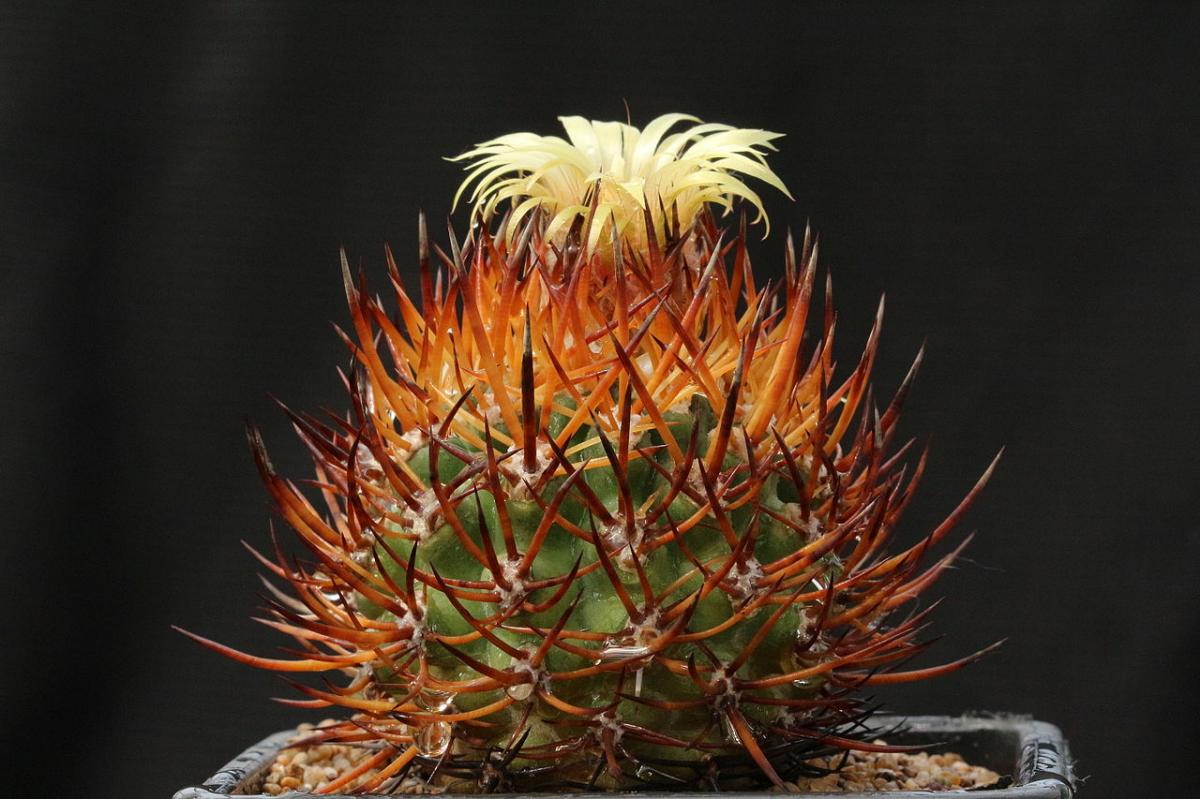
Image - Wikimedia / Anatoly Mikhaltsov // Eriosyce bulbocalyx
What did you think of the Eriosyce? Do you like or prefer others?